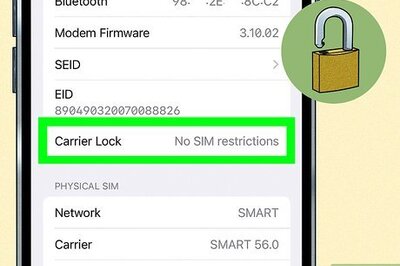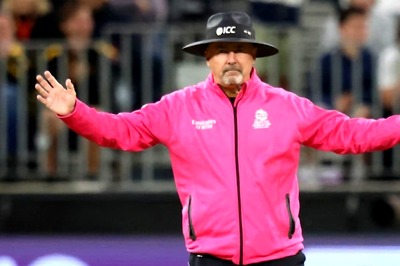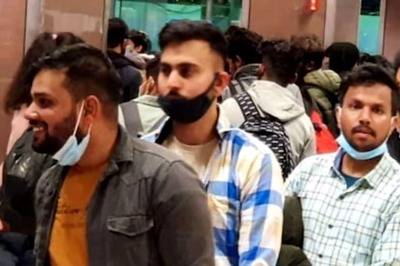
views
CHENNAI: While auto drivers fleecing their passengers remain a routine affair, very little understanding and research have gone into the reasons that push them to do it. The “Autorickshaw study report” by Chennai City Connect report argues that multiple factors like barriers in access to credit to buy autos, lack of social security, family conditions, demographic divide, absence of timely revision of fares and harassment by cops are the reasons for their rude behavior and tendency to demand arbitrarily rates.According to the report, this lack of formal sources of credit has resulted in skewed development of the autorickshaw sector in the city. It seems more than 70 per cent of drivers depend upon rented autos, by paying anywhere between `100-200 per day (only on the rent) based on their hours of use and condition of the vehicle. “With a sizeable chunk of my earnings being spent on paying rent, I decided to buy my own auto. But now instead of paying rent, I end up paying a bigger sum as interest to a private lender who financed my auto,” says Pazhaniappan, an auto driver in Choolaimedu.One of the major barriers in access to credit, have been the tedious procedures and documents demanded by the banks to finance autos, that drivers barely possess. The report says that only 29 per cent of drivers get loans from banks to buy autos while 46 per cent depend on private financers who charge exorbitant rates of interest. “While banks charge an interest rate of 11.25 per cent to 13.5 per cent, private moneylenders charge around 24 per cent, which is double the monetary burden,” notes the report. “Removal of these procedural delays and unwanted formalities by banks can go a long way in improving the socio-economic status of auto drivers. This might also have a positive impact by reducing their tendency to fleece customers,” says Raj Cherubal of the NGO.The report estimates the gross monthly income earned by an auto driver in Chennai on a daily basis is said to be around `646. But the driver ends up saving only `150 per day at the maximum after repaying rents, interests, spending on fuel, maintenance of the vehicle, fines and penalties, estimates the report. With 60.5 per cent of the drivers surveyed having a 4-5member family to support, a savings of `150 or less becomes grossly inadequate — another reason why they resort to fleecing the passengers.Unlike in Chennai, most prominent cities like Bangalore, Delhi, Mumbai, Pune and Thiruvananthapuram have seen a periodic upward revision of the auto fares. Experts cite this as the primary reason for smooth operations and the arbitrary charging attitude by drivers in these cities. For instance, in Delhi, the fare was revised in 2010 from a low `10 for the first km and `4.5 per km to `19 per meter for the first two kilometres and `6.5 per km for every subsequent km, which is a 25 per cent hike. This upward revision in fare is extremely beneficial, notes Rakesh Agarwal, General Secretary, Nyaya Bhoomi, in the report. “When drivers charged the old fare of `10 per meter and `4.5 per km, they earned only about `4,000, which was lesser than the minimum wage of `5,272 prescribed for an unskilled worker in Delhi,” he said.“The immediate step is for the government to periodically revise the fares, and remove barriers for auto drivers in accessing credit and opening the market to companies and cooperative players to streamline the entire segment,” says Raj. “This can go a long way in empowering a job that supports nearly five-lakh family members and strengthen the paratransport facility in the city,” he added.




















Comments
0 comment